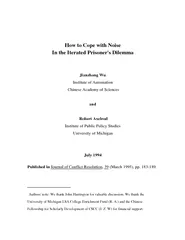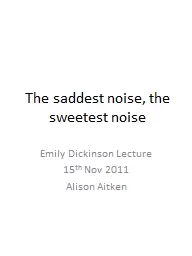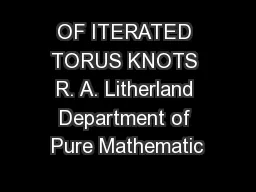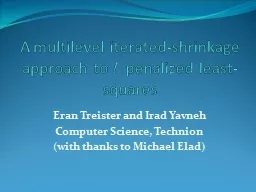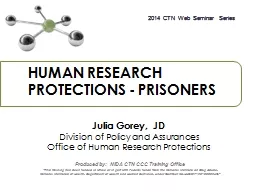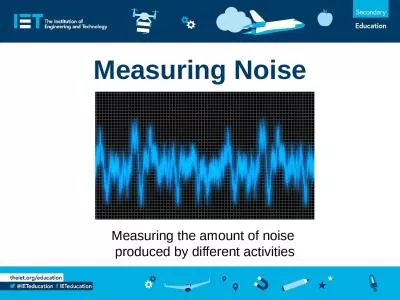PDF-How to Cope with Noise In the Iterated Prisoners Dilem
Author : olivia-moreira | Published Date : 2015-05-21
183189 Authors note We thank John Harrington for valuable discussion We thank the University of Michigan LSA College Enrichment Fund R A and the Chinese Fellowship
Presentation Embed Code
Download Presentation
Download Presentation The PPT/PDF document "How to Cope with Noise In the Iterated P..." is the property of its rightful owner. Permission is granted to download and print the materials on this website for personal, non-commercial use only, and to display it on your personal computer provided you do not modify the materials and that you retain all copyright notices contained in the materials. By downloading content from our website, you accept the terms of this agreement.
How to Cope with Noise In the Iterated Prisoners Dilem: Transcript
Download Rules Of Document
"How to Cope with Noise In the Iterated Prisoners Dilem"The content belongs to its owner. You may download and print it for personal use, without modification, and keep all copyright notices. By downloading, you agree to these terms.
Related Documents

